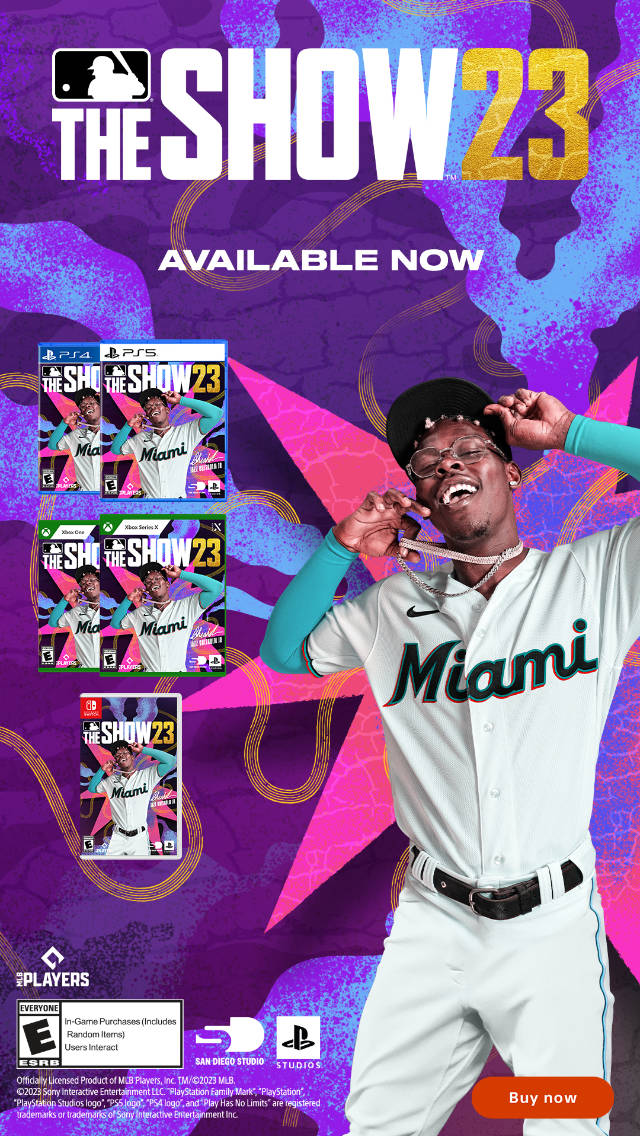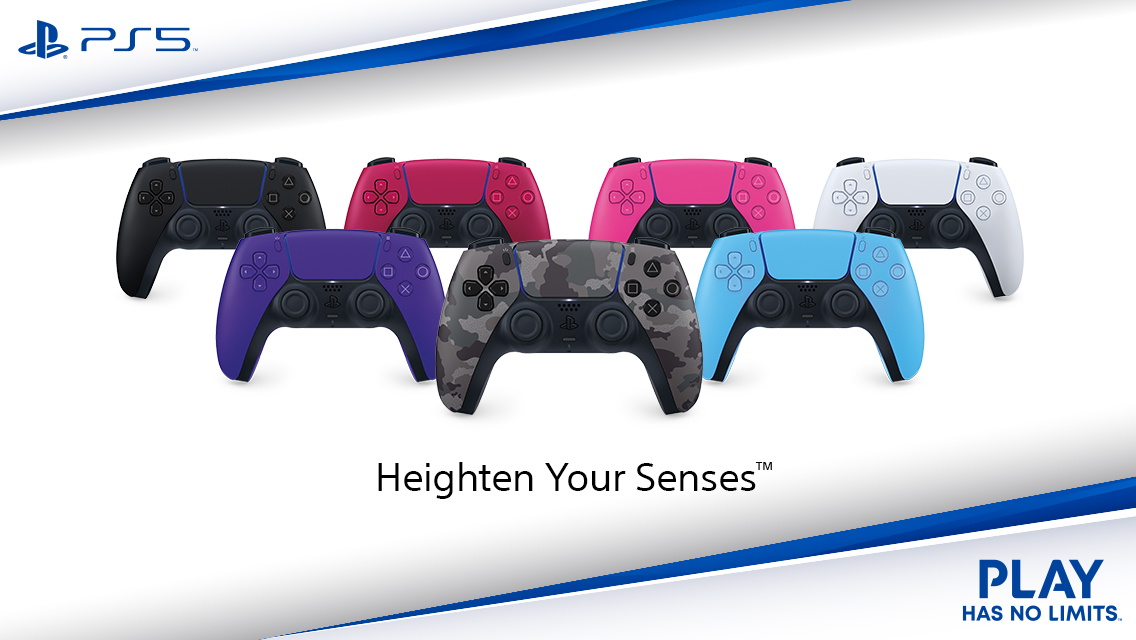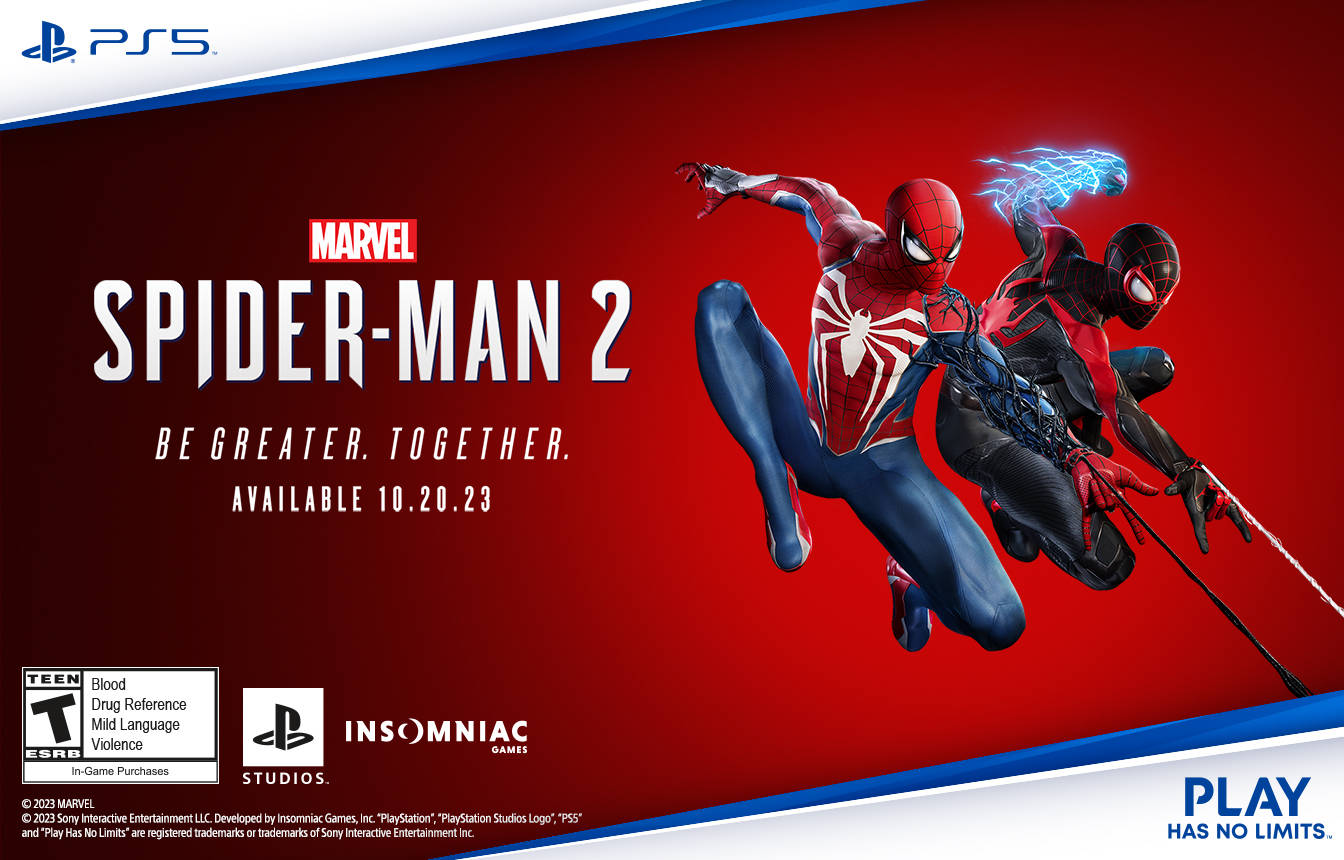For many players, it’s become a Pavlovian reflex every couple of years to simply dismiss and bash the latest Sonic release, sight unseen. And, to be fair, when you’re a franchise that notoriously introduced human-on-hedgehog spit-swapping seven years ago, you’ve kind of brought that ridicule on yourself.
But Sonic Team has quietly built up a respectable portfolio for themselves ever since that infamous 2006 nadir, crafting reasonably well-received games like 2010’s Sonic Colors on the Wii and 2011’s multiplatform Sonic Generations. Sonic Lost World continues that upward trend: It’s a game that demands attention right from the start, infusing elements of games like Super Mario Galaxy and Super Monkey Ball into the traditional Sonic speedburner motif.
This intriguing fusion divides the experience into vast 3D worlds, traditional side-scrolling, on-rails speed segments, and even sequences that send everyone’s favorite embodiment of ludicrously dated ’90s “attitude” hurtling through the air. It’s a welcome collection of stages that delivers both a decent chunk of nostalgia and some impressive new tricks. Unfortunately, the concept never quite reaches its potential. The diverse selection of challenges means that the action never really grows stale—but it also never stays consistent, either.
We tend to think of rhythm and music games as going hand in hand, but this element is also vitally important in platformers. In the best entries in the genre—Super Mario Bros. 3, Rayman Legends, DuckTales—rhythm comes naturally and intuitively, even if you don’t really notice it’s there in the first place. Sonic Lost World, on the other hand, often feels curiously off-tempo, with jumps simply not flowing smoothly and properly into each other or the target lock-on inexplicably failing at the last second, preventing a chain of attacks on the enemy—and ending with the ignominy of Sonic on his back, a depressing pile of 100 rings surrounding him in failure.
Obviously, delivering impeccable timing in a platformer is one of the bigger challenges in game development. That’s an inconsistency that can be forgiven, to an extent. After all, there’s a reason there are far more Bubsys than Marios. But there’s another frustration in Sonic Lost World that could’ve easily been avoided, and it’s one of the worst possible examples of padding for padding’s sake. Once you’ve played through all the levels in a given world, there’s no guarantee you’ll immediately be able to access the boss area—and that’s because you’ll need to collect enough animals to unlock these sections. You’ll find Sonic’s furry friends in the traditional end-of-level capsules, of course, but you’ll also uncover them scattered around each world.
The chore of collecting these critters doesn’t hinder the pacing early on, but as the number of animals needed to unlock the boss area climbs higher and higher, the amount of time wasted mindlessly tracking down capsules of the captured beasties increases—and slows the proceedings to a crawl just as the game reaches its climax.
This is a tricky criticism, I understand. I know that I’m condemning Sonic Lost World for an element also seen in plenty of other platformers, including the (almost) universally beloved Mario 64. The problem is, Mario and Sonic have always been about different types of experiences—as Sega themselves so eagerly pointed out in their “blast processing” ad in 1991. Mario has consistently been about thoughtful, careful exploration and taking in your surroundings, lending itself to collecting every last trinket (that’s also why I wasn’t a fan of New Super Luigi U., since it totally destroyed that element by forcing players to rush through every level).
Since Sonic is based around speed and the raw emotion of racing through a sequence of deathtraps, it simply doesn’t deliver a platforming experience conducive to collecting. That’s not to say that one style is necessarily better than the other—it’s all about execution of the concept. Instead of encouraging exploration, grinding for animals comes off as busywork designed to artificially lengthen the experience—nothing more.
I do want to give credit to Sonic Lost World for many of the risks it does get right, including several clever surprises in the “snow area” that I don’t want to spoil here. The game also brings back the special Wisp powers seen in Sonic Colors, which help uncover secret areas and shortcuts—I only wish there had been more of them, since they’re some of the more enjoyable segments in the game. The 3D worlds also generally do a nice job of translating the classic side-scrolling speed to a modern platforming experience, and the Mario Galaxy–style mini-worlds certainly help in that regard. My sense from talking to the development team earlier this year is that Sega would prefer to at least attempt something new—and possibly fail—rather than trot out the same tired Sonic gameplay time and again, and I have to give them credit for trying admirably.
You can even see this break from the past in the storytelling seen in Sonic Lost World. I can’t believe I’m even attempting to analyze a Sonic narrative, but this game does subvert the worn-out Sonic-versus-Dr. Eggman concept by introducing a new cartoony collection of foes—the Deadly Six—to the mix. And you can just imagine the hinjinks that ensue when a mustachioed, Teddy Roosevelt–inspired supervillain, a rude-and-crude hedgehog and his two-tailed fox pal, and a sextet of alien evildoers get together in one place. I can’t figure out if the plot is brilliantly aware self-parody or whether it was scrawled together by a couple of grade-schoolers on a Tokyo playground—both options seem equally probable, frankly.
When Sonic Lost World is at its best, it’s imparting that familiar sense of speed but also making the player feel like they’re fully in control. At its worst, it’s forcing in unnecessary “features” like using the GamePad to aim Sonic like he’s a cannonball. The problem is that these juxtapositions often come directly after each other. Too often, I’d play through one level and absolutely love the design, the challenge, and the exhilaration from speeding through a heart-pounding sequence where one false jump meant failure. Ten minutes later, I’d be endlessly frustrated when the following segment seemed like a cobbled-together collection of half-baked ideas.
Sonic certainly deserves better than the ridicule he’s gotten for the past decade—and with Sonic Lost World, Sega’s achingly close to getting the formula right again. Ultimately, the game’s high ambitions result in an experience that simply isn’t consistent enough if you’re a platforming fan.
|
★★★☆☆
At its best, Sonic Lost World delivers some of the best platforming the series has seen in years, with an intriguing fusion of classic design and innovative 3D worlds. Unfortunately, the game simply can’t maintain those temporary highs, resulting in an uneven, frustrating overall experience. |
Developer Sonic Team Publisher Sega ESRB E10+ – Everyone 10+ Release Date 10.29.2013 |
| Sonic Lost World is available on Wii U and 3DS. Primary version played was for Wii U. Product was provided by Sega for the benefit of this coverage. EGM reviews on a scale of one to five stars. | |

A proud Japanese RPG and serial-comma enthusiast, Andrew attended E3 for more than a decade. His least-proud moment? That time in 2004 when, suffering from utter exhaustion, he decided to take a break on the creepy, dilapidated—and possibly cursed—La-Z-Boy at Konami’s Silent Hill booth.





